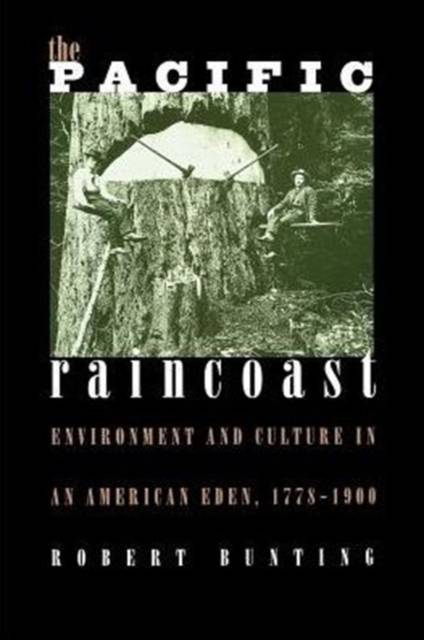
- Afhalen na 1 uur in een winkel met voorraad
- Gratis thuislevering in België vanaf € 30
- Ruim aanbod met 7 miljoen producten
- Afhalen na 1 uur in een winkel met voorraad
- Gratis thuislevering in België vanaf € 30
- Ruim aanbod met 7 miljoen producten
Zoeken
€ 50,95
+ 101 punten
Omschrijving
The Pacific Northwest has always invoked images of lush forested landscapes and travelog vistas. More recently, such images have been marred by much-publicized controversies pitting spotted owls and salmon against logging interests and power companies. But, as Robert Bunting shows, such conflicts are only the most recent emblems of the competition for dominion in the Douglas-fir region running from southern Canada to northern California. Bunting chronicles this struggle from the first sustained contact between Native American and Euro-American cultures to 1900, when Frederick Weyerhaeuser's purchase of 900,000 acres of Washington forest completed one of the largest land deals in U.S. history. He depicts an evolving Eden that was never as environmentally pristine nor as viciously exploited as some have suggested, but which reflected the complex relations created by competing cultures amidst the illusion of inexhaustible abundance. Bunting describes in detail this distinctive bioregion and reveals how various groups of people have viewed it, struggled to possess it, and been shaped by it. His study illuminates the contrasting ways in which Indians and non-Indians interacted with the environment and with each other; the underlying myths that governed such differences; the actual environmental attitudes of western settlers rather than eastern intellectuals; the inextricable links between environmental and human exploitation, as well as between ecological and cultural stability; and the curiously divergent paths of development taken by the two raincoast states, Washington and Oregon. An exemplar of the new environmental history, The Pacific Raincoast expands our understanding of a vital place that witnessed the clash of cultures; fired the imaginations of Lewis and Clark and generations of restless Americans; conjured up visions of empire for timber corporations; and eventually provided a showcase battleground for environmentalists.
Specificaties
Betrokkenen
- Auteur(s):
- Uitgeverij:
Inhoud
- Aantal bladzijden:
- 248
- Taal:
- Engels
- Reeks:
Eigenschappen
- Productcode (EAN):
- 9780700611010
- Verschijningsdatum:
- 10/01/1996
- Uitvoering:
- Paperback
- Formaat:
- Trade paperback (VS)
- Afmetingen:
- 152 mm x 229 mm
- Gewicht:
- 385 g

Alleen bij Standaard Boekhandel
+ 101 punten op je klantenkaart van Standaard Boekhandel
Beoordelingen
We publiceren alleen reviews die voldoen aan de voorwaarden voor reviews. Bekijk onze voorwaarden voor reviews.











